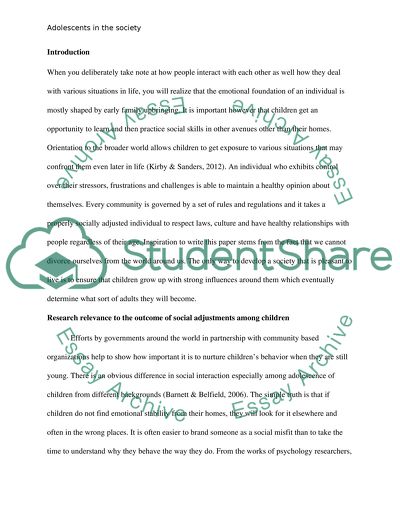Cite this document
(“Peer Relationships and Social Adjustment in Childhood Research Paper”, n.d.)
Retrieved from https://studentshare.org/psychology/1494440-peer-relationships-and-social-adjustment-in
Retrieved from https://studentshare.org/psychology/1494440-peer-relationships-and-social-adjustment-in
(Peer Relationships and Social Adjustment in Childhood Research Paper)
https://studentshare.org/psychology/1494440-peer-relationships-and-social-adjustment-in.
https://studentshare.org/psychology/1494440-peer-relationships-and-social-adjustment-in.
“Peer Relationships and Social Adjustment in Childhood Research Paper”, n.d. https://studentshare.org/psychology/1494440-peer-relationships-and-social-adjustment-in.


